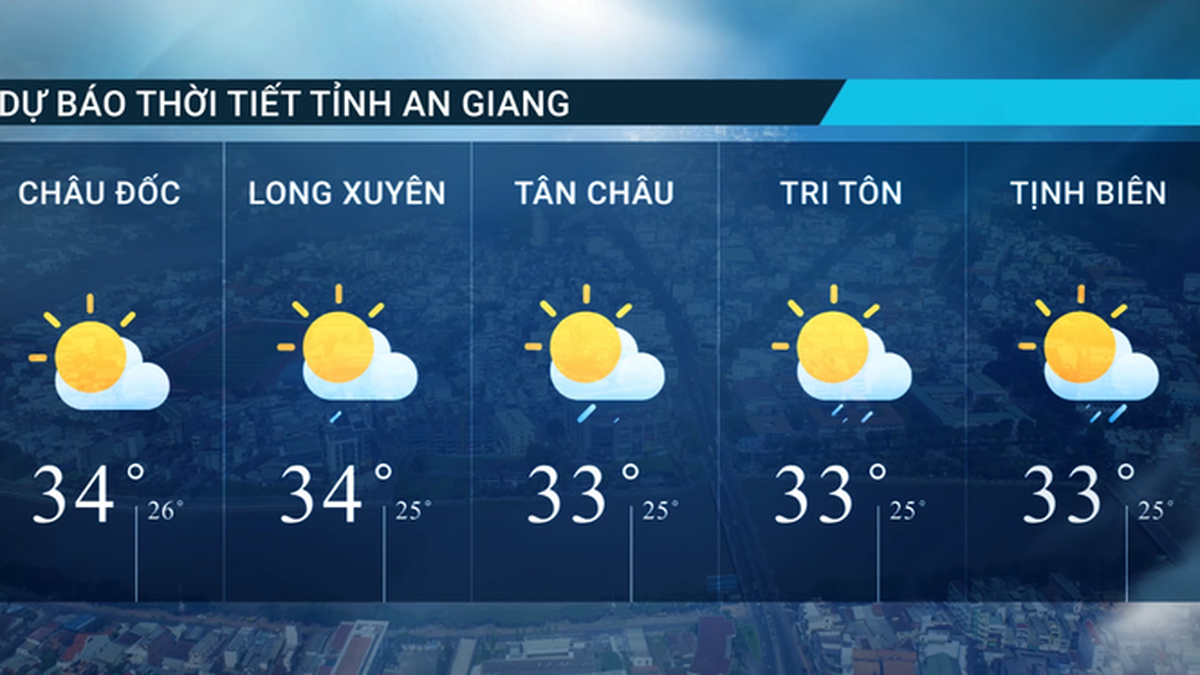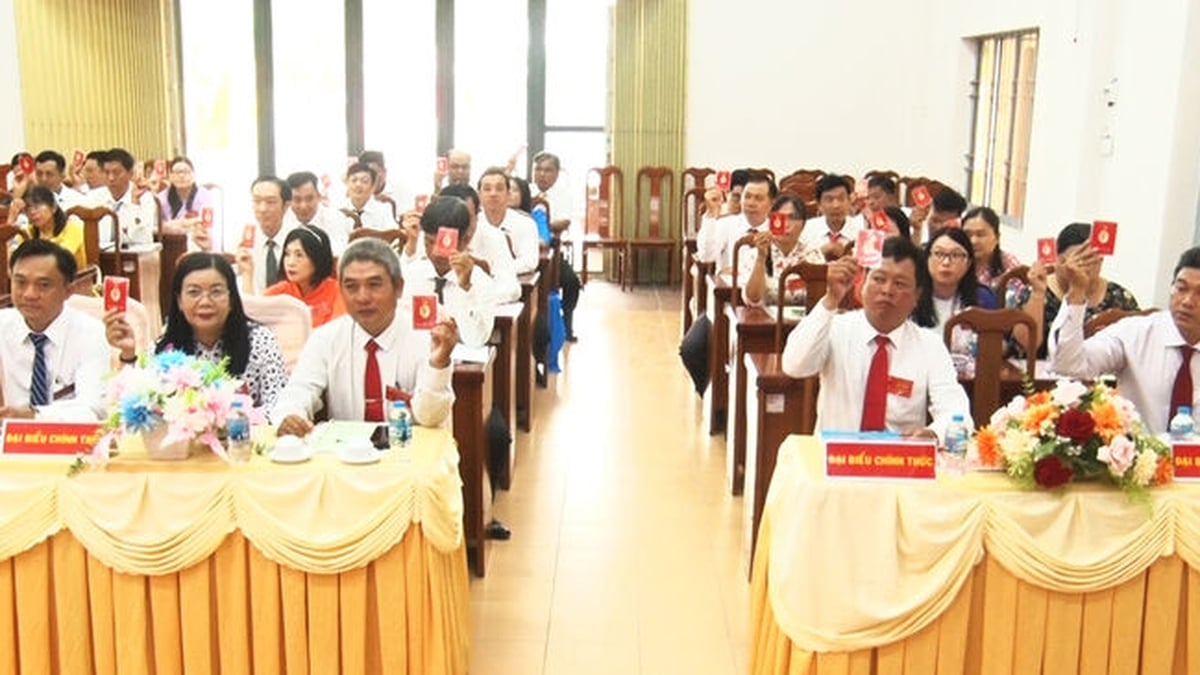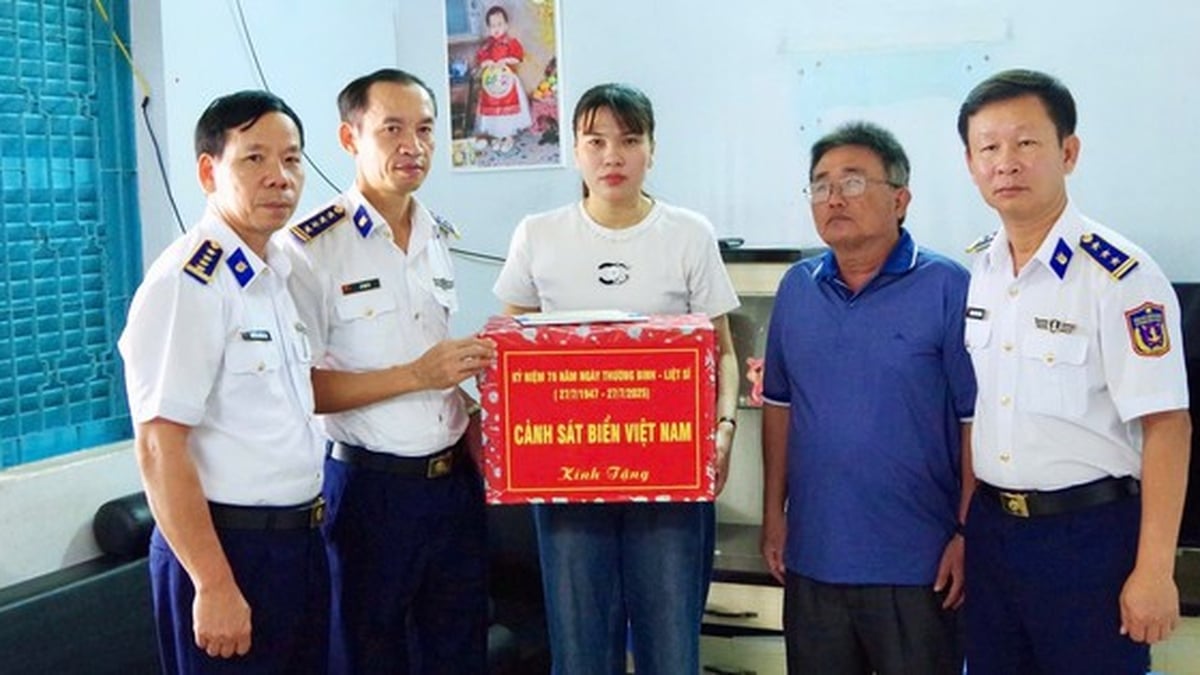According to a special correspondent of the Vietnam News Agency, on the morning of April 11, continuing the activities during the official visit to China, National Assembly Chairman Vuong Dinh Hue and the high-ranking Vietnamese delegation visited the Shanghai Free Trade Pilot Zone (SHFTZ) and held talks with leaders of the People's Congress, Shanghai government and leaders of the SHFTZ.
Here, the National Assembly Chairman and the delegation heard an introduction about the formation, development and outstanding results of SHFTZ; discussed and learned about the institutional framework, operation methods and special, specific policies for SHFTZ, and practical experience in implementing controlled testing mechanisms.
The leaders of Shanghai and SHFTZ thanked National Assembly Chairman Vuong Dinh Hue for taking the time to visit Shanghai and SHFTZ, marking an important milestone in the cooperative relationship between Shanghai and Vietnam.
Introducing SHFTZ, the leader of SHFTZ said that the zone was established in September 2013, and is the first free trade zone to be piloted to implement China's policy of multilateralization and diversification.
To date, China has 22 similar zones. After more than 10 years of formation and development, this Pilot Zone has become a typical innovative economic model, contributing to the increasingly expanding economic scale of Shanghai and helping to attract large foreign investment capital.
By the end of 2022, a total of 84,000 new enterprises had been established in the SHFTZ. The Pudong New Area alone attracted 18,691 new foreign investment projects, with a cumulative registered capital of US$217.2 billion. The scale of trade in goods increased from US$207.6 billion in 2013 to US$340.5 billion in 2022.
Regarding the institutional framework, the SHFTZ leader said that the National People's Congress of China empowers local congresses to issue legal documents and prescribe appropriate and effective mechanisms and policies for each zone based on practical needs and the provisions of the Constitution. China's 22 free trade zones do not have a common regulatory framework law, but each zone will have specific mechanisms and policies to promote the highest efficiency.
There will also be appropriate policies in each area under the free trade pilot zone. For example, for the Pudong New Area (located in the SHFTZ), the Shanghai People's Congress has issued legal documents setting out 23 management measures to promote industrial upgrading, innovation, green economy, deepen scientific urban management, promote leadership, and effectively implement the open-door policy.
Speaking at the meeting, the National Assembly Chairman thanked the leaders of SHFTZ for providing important information, especially information on the mechanisms, policies, and legal framework for operating SHFTZ.
The National Assembly Chairman hopes that the National People's Congress of China and the Shanghai Municipal Government will continue to share experiences with agencies of the Vietnamese National Assembly in building an institutional framework for the operation of Pilot Free Trade Zones.
The leaders of Shanghai and SHFTZ affirmed that on the basis of the Vietnam-China Joint Statement on Building a Vietnam-China Community of Shared Future, which has strategic significance, Shanghai and SHFTZ will strengthen economic and trade cooperation with Vietnam; welcome and are ready to exchange and share experiences with sectors, fields and localities of Vietnam for mutual development.
According to VNA/Vietnam+
Source
































































































Comment (0)